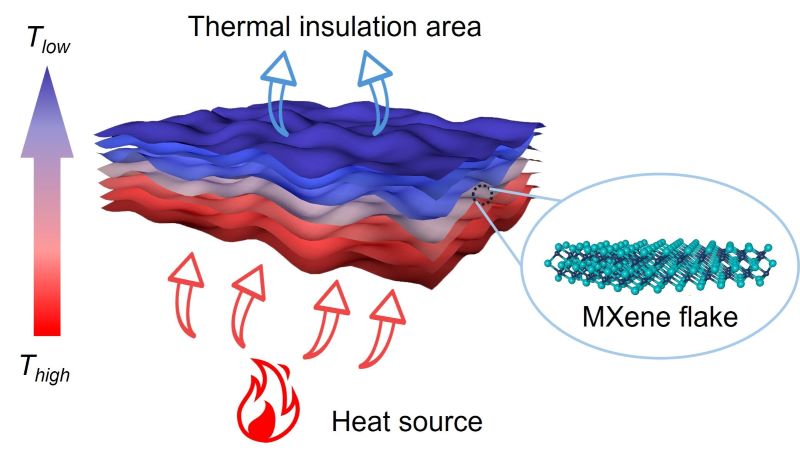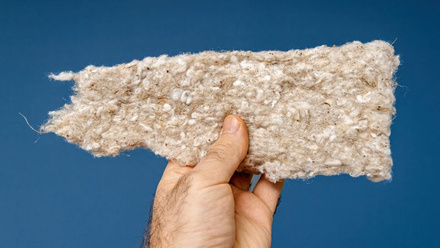MXene material could replace thick layers of insulation
A study investigating the heat transport properties of MXene single flakes has found ‘exceptionally’ low anisotropic thermal conductivities.

2D material MXene is known for its excellent electrical conductivity. The finding therefore challenges the usual link between electrical and heat conduction.
The study by researchers at Drexel University, USA, and Université Catholique de Louvain (UCLouvain) in Belgium found an effective thermal conductivity of 0.78 ± 0.21 W m–1 K–1.
'Thermal insulation of this magnitude, that is also 100 to 1,000 times thinner than a human hair, would simply have been unimaginable until now,' says Professor Yury Gogotsiat Drexel, 'This could change the way we insulate buildings and industrial equipment, and make thermal clothing, just to name a few exciting possibilities.'
Although optical, electronic, and electrochemical properties of MXenes have been widely studied, information on the thermal properties is scarce.
The paper, Violation of the Wiedemann–Franz Law and Ultralow Thermal Conductivity of Ti3C2Tx MXene in ACS Publications highlights, ‘This observation is in stark contrast to the predictions of the Wiedemann–Franz law, as the estimated Lorenz number is only 0.25 of the classical value.’

Due to the combination of low thermal conductivity and low emissivity of Ti3C2Tx flakes, the heat loss from it is two sizes smaller than from common metals.
The study explores the heat transport mechanisms of MXenes and highlights a promising approach for developing thermal insulation, two-dimensional thermoelectric, or infrared stealth materials.
The study was conducted as high electrical conductivity and good chemical stability of MXenes offer hopes for their use in many applications, such as wearable electronics, energy storage and electromagnetic interference shielding.







